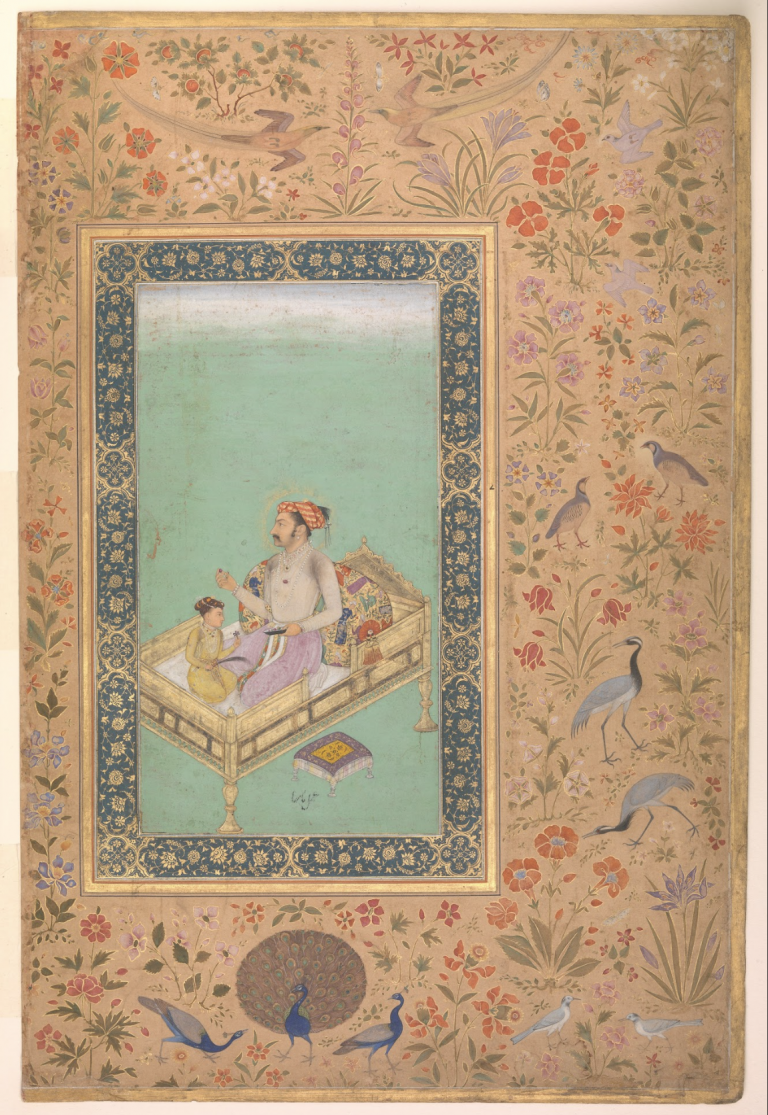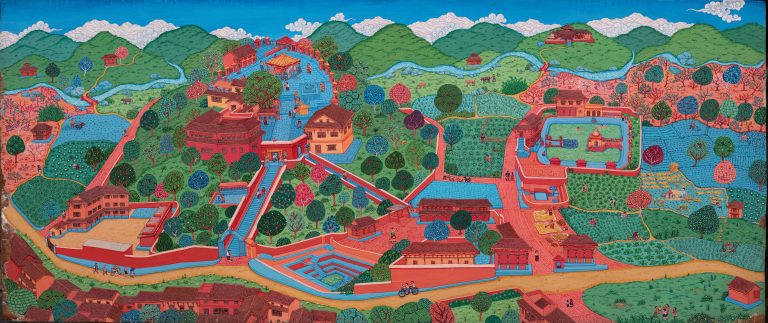An expert in modern and contemporary Indian art, Amrita Jhaveri, India’s first representative at Christies, author of 101: A Guide to 101 Modern and Contemporary Indian Artists and more recently consultant to Frieze Art Fair, London, terms her journey as an art collector ‘a moving feast’. In a candid tête-à-tête, TAKE on art’s editor Bhavna Kakar maps the trail of her multifarious engagements, striving to establish a culture of appraising, collecting and maintaining artworks.
BK: Let me start by asking an elementary yet relevant question. What was the first artwork that you bought, when and from whom? How were you disposed that time?
AJ: I started buying works on paper in the late 1990s by artists such as Bhupen Khakhar. I bought from galleries – primarily from Chemould, Sakshi and Vadehra. At the time I was working for Christie’s and would visit galleries regularly looking for suitable works of art to include in auctions. As works on paper were inexpensive, they were considered unsuitable. I was free to buy them. I still own many of these works and continue to enjoy them.
BK: You began as an art collector and donned multiple hats of a discerning writer with 101 and an art consultant. Tell us a little about the journey you’ve embarked vis-à-vis your varied roles.
AJ: After leaving Christie’s in 2000 I began collecting more actively with my husband but missed the discipline of working. In 2003, I was approached by India Book house to author 101: A Guide to 101 Modern and Contemporary Indian Artists. The book was written for new collectors of Indian art who had little or no background to the significant artists working in India. In 2005, the year of the book’s publication, I formed my consultancy. As a relatively knowledgeable collector, I felt I could share some of my experience with other collectors. My career has developed organically. It has been a moving feast and I have enjoyed every minute of it.
BK: You founded AM Art India Private Limited in 2005, at a time when Indian art market ascended the scale buoyantly, providing a supplementation of services that move adjacently with establishing a culture of collecting and maintaining artworks. How do you conceive this proposition of services in the realm of Indian art vis-à-vis the buyers and collector’s response to it?
AJ: I think collectors in India hesitate to pay for services as they believe advice is freely available. But I believe the best services are often not given away without some mutual obligation and responsibility. Casual advice can be dangerous and can be motivated by hidden agendas. Our goal is to weigh up all aspects of a potential acquisition from provenance and condition to asking a broader question – is this a good match for the collection? We prefer working on a retainer as we believe what we might advise a client NOT to buy is as important as what we might advise them to acquire.
BK: Do you feel that the changing or ascending expanse of the genres of works you collect e.g. cutting-edge artworks like performance pieces, videos also change your profile as a collector? How difficult is it for a collector to preserve new media works. Do you think trends and attitude are changing towards non-traditional art forms in India?
AJ: Collecting cutting edge or new media art doesn’t necessarily change your profile but it does demand a more dedicated and involved approach to collecting. Given that technology is always changing, it becomes important to keep up with these changes. Moreover, the costs are not limited to the acquisition – there are equipment and installation costs that need to be accounted for.
BK: Who do you most often approach when you buy works – the galleries or the artists (commission works directly) or auctions? Any dedicated pattern you follow while collecting.
AJ: In most cases, we approach the galleries. There are no dedicated patterns but we prefer to acquire works from an artist’s solo show. If we miss the show or there is something that is not available through the galleries, we might go to auction. However buying at auctions can be unpredictable and no great collection has ever been built by simply buying at an auction. As a last resort, we might approach an artist. I have cordial friendships with many artists and have bought works direct in rare cases where the artist has no clear representation by a gallery.
BK: Any changes you observe in galleries world-wide post-recession in the strategy towards sales, promotion, exhibiting mannerisms and the specific genres that are worth presenting?
AJ: Nowadays galleries are more pro-active and make the effort to send you information but I don’t think things have changed that much. You are still encouraged to make decisions without seeing works of art, which is not ideal. Galleries have also become more attentive to loyal long-term collectors. At the height of the market there was a rush to satisfy European agents and collectors often at the cost of local collectors. Of course, there are fewer exhibitions overall and the works being presented are domestic in scale and often more commercial.
BK: How integral is the presence of galleries with their stimulating exhibits to your existence as an art consultant/ collector? Anyhow well do you think the galleries are growing as a formal institution in India?
AJ: Galleries are central to what we do. We complement the galleries and support them by promoting their artists. Galleries have expanded quickly and are changing for the better but along with the new scale they need to improve the services they provide – both to artists and collectors. For artists they need to actively maintain their archives and promote their works to institutions all over the world. The focus should be equally on sales as on promotion in the public sphere.
BK: Do you think that in terms of collecting, it is important or of any significance to acquire works following a particular pattern, genre, phase? Extending this concern in terms of galleries, do you think that a gallery should also stick to promoting works/artists of a specific time-span or style, genre?
AJ: It’s nice if a collection can tell a coherent story. Most collections in India tend to be built with an eye on the market so they remain a reflection of the art market. I certainly think galleries ought to have a considered programme but not one that is necessarily limited to a single genre or even a period.













